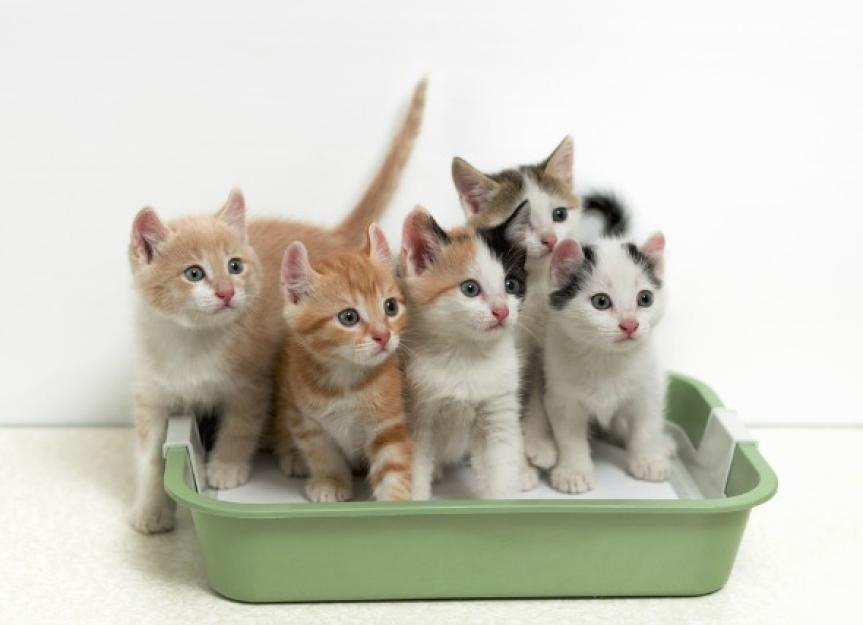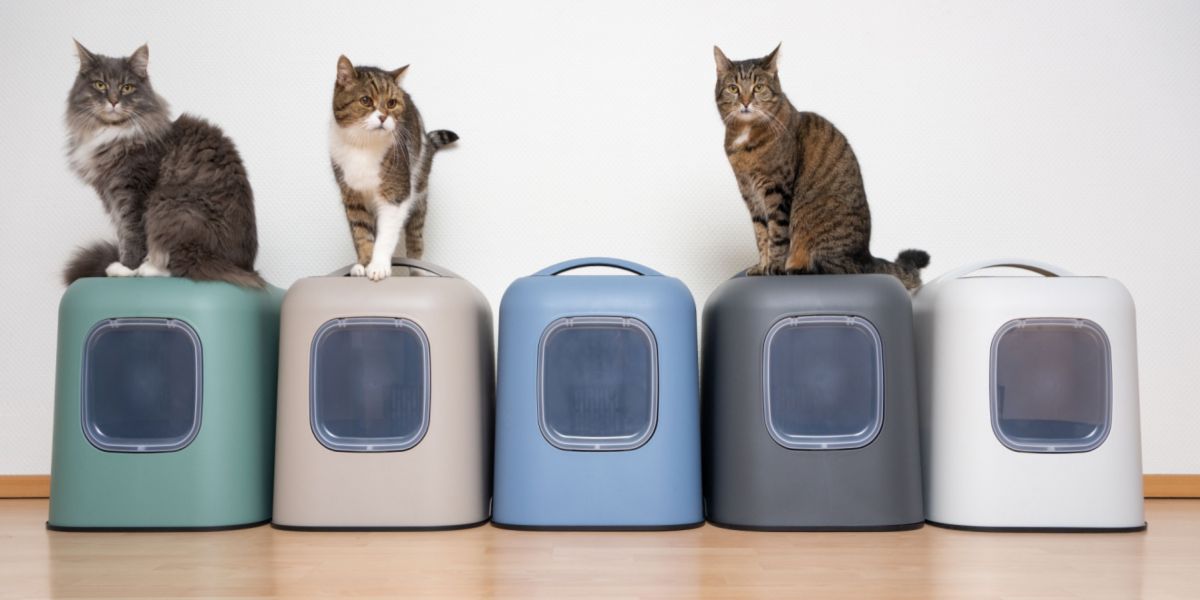Some of you may have seen this thread about the injured outdoor cat that we captured and had operated on.
Poppy is doing well and will have her last casts removed in about 10 days. After that the vet recommends that she stays in the house (and be allowed to roam freely) at least one month more to get used to walking etc normally. For the last two months she has been entirely confined to a cage in our dining room. We are considering keeping her in the house permanently after that. However I don’t really know how best to make this transition. Poppy is 6 years old, and although we have fed her (and her brother who also lives outside) daily since she was a kitten, she has never lived inside. We have two other cats, Junior and Simba (Siamese male brothers, 5 years old) who are entirely indoor cats. All of the cats mentioned have been sterilized.
Junior and Simba are well-acquainted with the two outdoor cats through seeing them through the window and possibly smelling each other through the screen door and on our hands after we have petted them. And now they have been physically near Poppy indoors for the last two months. They have shown only casual interest in Poppy in her cage and none seems upset by the presence of the others. Junior has gently hissed at Poppy in her cage a couple of times but hasn’t shown any real aggression. Junior and Simba get along with each other perfectly and have almost never fought.
I should add that Poppy’s brother still comes daily to be fed and often sits on the windowsill looking into the house. I don’t know whether or not he is looking for Poppy, but he might be.
Once the casts are off in 10 days, my plan is to release Poppy into the dining room for the next month, but to restrict her to that room only for that initial period. After that we would consider letting her into the rest of the house and to mix with Junior and Simba.
I would appreciate any advice you have on how best to make this transition. Here are my specific questions/concerns:
- Cats are territorial and the house has been Junior and Simba’s exclusive territory for the last five years. I want the introduction to be as peaceful as possible. As I mentioned, all cats have been sterilized and so far have not demonstrated much aggression
- I am concerned what will happen when Poppy and her brother see other through the window. They will have been more than three months apart by then. Will they recognize each other? Will they be upset?
- Although we would prefer to keep Poppy indoors (it is safer and healthier for her and for the two Siamese) I guess one option is to let her come and go as she pleases. But how likely it is that she would willingly come back into the house after being released outside?
Advice and experiences would be greatly appreciated

